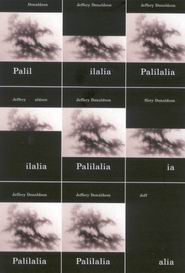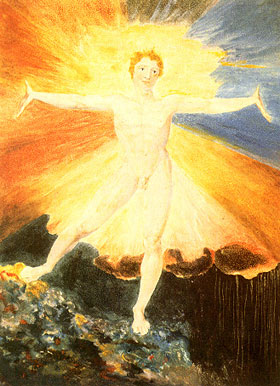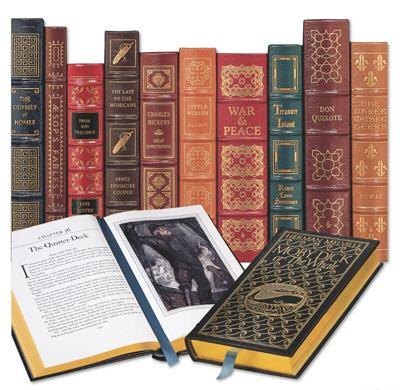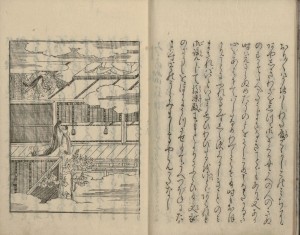
The video posted Saturday night of Glenn Gould performing Bach’s “Aria” inspired me to track down some of Frye’s references to the Goldberg Variations.
From Frye’s diary entry of 25 March 1949:
[O]ff to the Forum, where I had a most delightful surprise: Lew [Lou Morris] had bought a lot of dusty old music on spec, & in it were two volumes constituting a complete Bischoff Bach. I need hardly say how I felt the rest of the day, with the Brother Capriccio, the Goldberg Variations, the Sonatas, the French Overture & the A minor Fugue all falling into my lap at once. I must find out what a fair price on it would be.
From Frye’s Notebook 38, par. 46:
In music there’s something profound about the working up of a dramatic narrative structure, rising to an analytic climax in the slow movement, & then a finale that gives the initial impression of comic anticlimax. Mozart’s G m quintet [String Quintet in G minor (1787), op. 516]. In Beethoven’s 4th piano concerto [G minor, op. 58] the tetralogy ending in satyr-play structure is clearer. The reason for it in music is easier to see in the classic variation form, where the dramatic climax is usually penultimate & the very last one a ‘let-down’ (Goldberg & Diabelli). The variation form is not only cyclic but explicitly circumferential, & has to deny narrative advance. (Northrop Frye’s Notebooks for “Anatomy of Criticism” 144)
From Frye’s Notebook 31, par. 36:
The numbers from 28 to 34 are the chief sparagmos numbers. 28 & 29 are lunar & Chaucerian, & V [A Vision] is a kind of lunatic (in the strict sense) Chaucerian (see ref. to Chaucer above [par. 29]) arrangement of what Jung would call psychological types. 30 & 31 are solar & recall the sons of Egypt [Blake’s Book of Urizen, pl. 28, ll. 8–10]. 32 & 33 bring us to the points of the compass & the recurrent Goldberg–Diabelli variation form (counting the theme in G) in music. (Northrop Frye’s Notebooks on Romance 102)
From Frye’s “Wallace Stevens and the Variation Form”:
The long meditative theoretical poems written in a blank tercet form, Notes toward a Supreme Fiction, The Auroras of Autumn, An Ordinary Evening in New Haven, The Pure Good of Theory, are all divided into sections of the same length. An Ordinary Evening has thirty-one sections of six tercets each; the Supreme Fiction, three parts of ten sections each, thirty sections in all, each of seven tercets; and similarly with the others. This curious formal symmetry, which cannot be an accident, also reminds us of the classical variation form in which each variation has the same periodic structure and harmonic sequence. Even the numbers that often turn up remind us of the thirty Goldberg variations, the thirty-three Diabelli waltz variations, and so on. (Spiritus Mundi 276)






